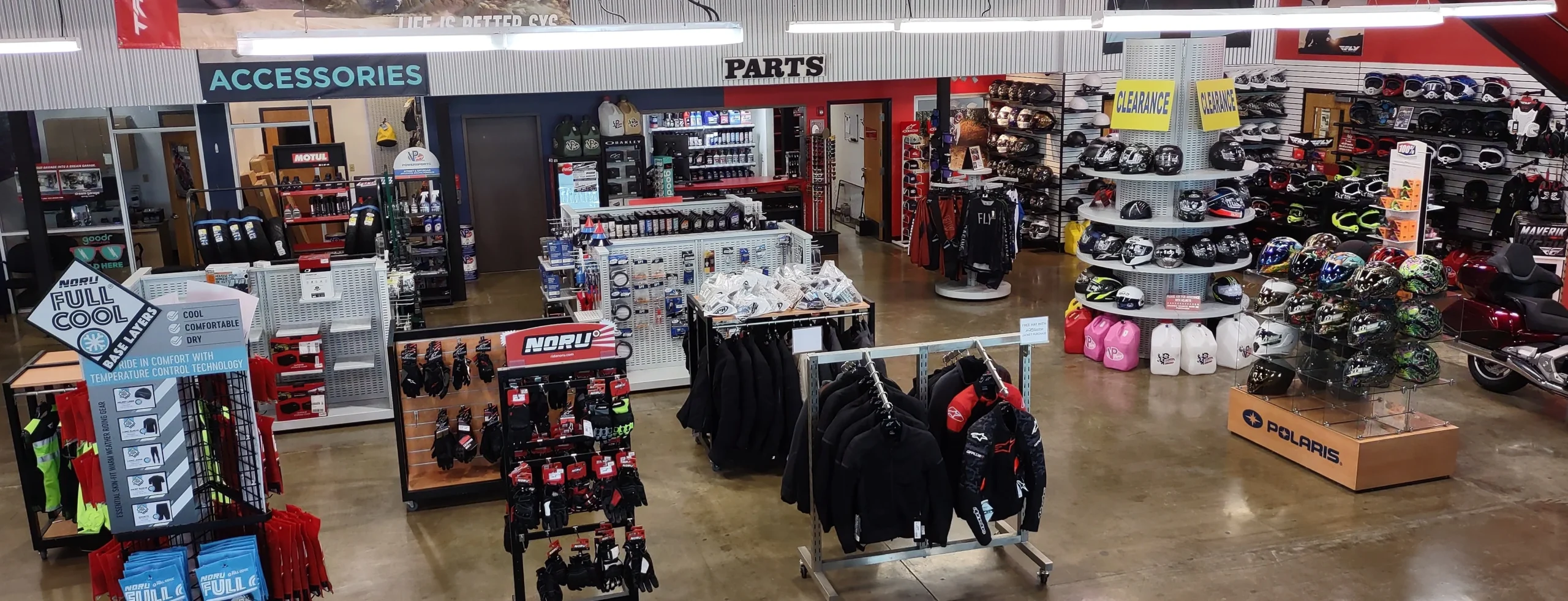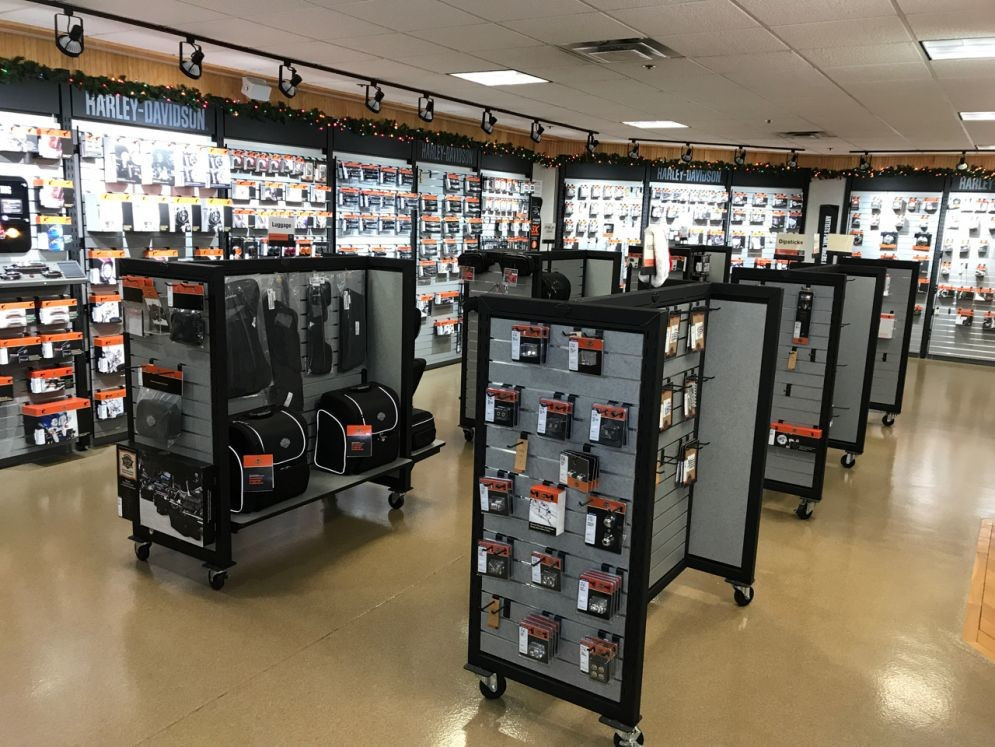Must-Have Motocross Gear: Raise Your Riding Experience Today
Must-Have Motocross Gear: Raise Your Riding Experience Today
Blog Article
Understanding the Crucial Parts of a Motorbike: A Comprehensive Overview for Enthusiasts
For bike fanatics looking to boost their riding experience and guarantee their bikes run efficiently, understanding the necessary elements of a bike is critical. Each element, from the engine's elaborate operations to the critical role of the braking systems, not only affects efficiency however likewise safety and comfort.
Engine Parts

The camshaft plays an important duty in controlling the timing of the engine's shutoffs, guaranteeing the precise opening and closing essential for efficient gas and air intake, as well as exhaust expulsion. This timing is vital to preserving optimal engine efficiency and performance. In addition, the carburetor or fuel shot system, depending on the motorbike design, is responsible for blending air with gas in the appropriate ratio for burning.
The air conditioning system, either air or liquid-based, functions to keep the engine's temperature within functional limitations, protecting against getting too hot and guaranteeing long life - moto parts nz. Each component, diligently created and incorporated, adds to the seamless procedure of the engine, defining the motorbike's power result and general performance
Transmission System
Integral to the bike's capability, the transmission system guarantees reliable power transfer from the engine to the wheels. This system makes up a number of important parts, consisting of the clutch, gearbox, and last drive, each playing an important role in equating the engine's power into activity. The clutch, typically run by a hand bar, offers to disengage the engine and engage from the transmission, permitting for smooth equipment changes and controlled velocity.
The gearbox, typically referred to as the transmission appropriate, has a set of gears that motorcyclists can manually move via to readjust the bike's rate and torque result. These equipments are set up in a series that enables the motorbike to increase efficiently and keep ideal engine efficiency across numerous rates. Most bikes utilize a sequential gearbox, needing the cyclist to change equipments in a fixed order.
Braking Devices
While understanding the transmission system is crucial to taking advantage of a motorbike's power, just as crucial is the capability to manage and stop that power successfully, which is where braking mechanisms enter play. Brakes are crucial for safety and security and performance, providing the biker with the required control to navigate various terrains and conditions. Normally, motorcycles feature two kinds of braking systems: disc brakes and drum brakes.
Disc brakes are extra additional reading prevalent in modern-day motorbikes due to their remarkable performance. This system uses far better heat dissipation, constant efficiency, and improved stopping power, specifically in damp problems.
On the other hand, drum brakes, though less common, are still found in some motorbikes. They function by pushing brake footwear against the inner surface area of a drum connected to the wheel. While generally less reliable in heat dissipation and quiting power, drum brakes are less complex and more affordable.
Recognizing these braking systems' nuances enables riders to keep their motorbikes correctly and value the engineering that ensures reliable and risk-free stopping.
Suspension and Guiding
Suspension and steering systems are essential elements that significantly influence a motorcycle's handling and trip convenience. The suspension system, containing forks at the front and shock absorbers at the back, soaks up road abnormalities, enhancing security and control. Front forks, generally telescopic or inverted, compress and rebound to alleviate effects, while back shock absorbers preserve tire call with the roadway, important for grip and safety and security.
Steering, centered around the handlebars, connects the biker to the bike's directional control. The guiding head bearings ensure smooth operation, enabling accurate maneuverability. Proper positioning and upkeep of these bearings are important for predictable steering reaction and reducing rider tiredness.
The suspension's adjustability is an additional essential element; preload, damping, and rebound setups allow modification to fit different riding problems and styles. This adaptability is vital for optimizing efficiency, whether navigating metropolitan roads or dealing with rugged tracks. Innovations like digital shock absorber offer real-time changes, boosting trip quality throughout diverse surfaces.

Electrical Systems
After making sure a controlled and smooth adventure through effective suspension and guiding systems, attention turns to the electric systems, an essential facet of modern bikes. These systems play a critical role not only in beginning the engine but additionally in powering various parts that boost the functionality and safety and security of the motorbike.
At the heart of a bike's electric system is the battery, which shops electrical power required for starting the engine and powering complementary systems - motox parts nz. The alternator or generator, combined with the rectifier-regulator, makes certain the battery remains charged while the motorbike functions, transforming power right into electric power and keeping voltage degrees
The ignition system, another important part, is accountable for firing up the air-fuel mix in the engine's cylinders. Modern bikes usually utilize a digital ignition system, providing better performance and integrity contrasted to standard systems.
Illumination systems, consisting of headlights, tail lights, and indications, are additionally crucial, making site web certain presence and security for the cyclist. Additional digital parts such as sensing units, control devices, and presents click here for more info add to innovative functions like fuel shot administration, anti-lock braking systems (ABS), and electronic control panels, further enhancing the riding experience.
Final Thought
A complete comprehension of a motorcycle's necessary elements, including the engine, transmission system, stopping systems, suspension, guiding, and electrical systems, is indispensable for enthusiasts intending to maximize performance, safety and security, and convenience. Mastery of these aspects permits informed choices concerning maintenance and upgrades, inevitably boosting the riding experience. By integrating this understanding, bikers can guarantee their motorcycles run at peak performance and integrity, thus making best use of both enjoyment and durability of their vehicles.
For motorcycle enthusiasts looking to raise their riding experience and guarantee their bikes run efficiently, understanding the crucial components of a motorbike is vital.Integral to the motorbike's capability, the transmission system ensures efficient power transfer from the engine to the wheels.While comprehending the transmission system is crucial to utilizing a motorbike's power, similarly crucial is the capacity to regulate and stop that power efficiently, which is where braking systems come into play. Typically, motorcycles feature two types of braking systems: disc brakes and drum brakes.
A thorough comprehension of a bike's essential components, including the engine, transmission system, braking systems, suspension, steering, and electrical systems, is essential for lovers intending to maximize safety and security, performance, and comfort.
Report this page